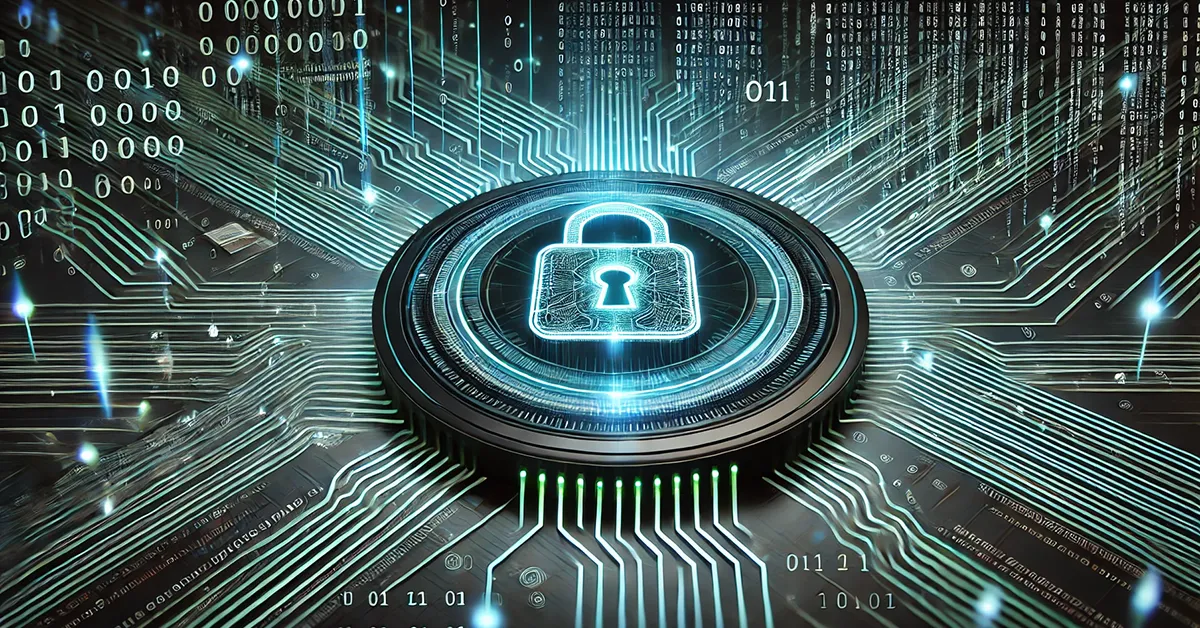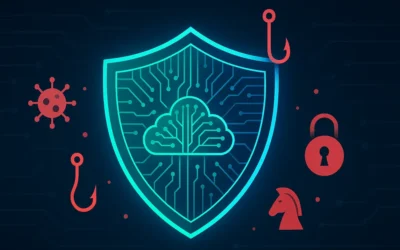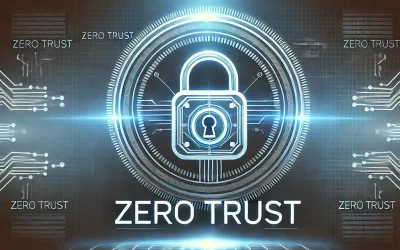Imagine waking up to find that your company’s sensitive data has been compromised, operations are halted, and customers are left in the dark. In today’s hyper-connected world, this nightmare is a reality for many organizations. Cybersecurity incidents are not just headlines—they are urgent wake-up calls exposing vulnerabilities we must address.
This guide explores real-world cases, critical lessons, and actionable strategies for IT professionals, business owners, and tech enthusiasts.
Understanding the Cyber Threat Landscape
Cyber threats have evolved dramatically. From ransomware to massive data breaches, the costs—financial and reputational—are staggering. According to the IBM Cost of a Data Breach Report, the global average cost of a breach reached $4.45 million in 2023.
Key Factors Driving Cyber Threats
- Global Connectivity: The digital world provides cybercriminals a vast attack surface.
- Advanced Attack Techniques: Tactics like phishing, zero-day exploits, and ransomware are becoming increasingly sophisticated.
- Human Error: Mistakes like weak passwords and falling for phishing scams remain leading causes of breaches.
- Rapid Digital Transformation: Fast tech adoption often overlooks robust security integration.
Real-World Cybersecurity Incidents: Lessons Learned
Case Study 1: The WannaCry Ransomware Attack
In 2017, WannaCry infected 200,000+ computers across 150 countries, crippling systems in healthcare, finance, and government sectors.
- Update Regularly: Outdated systems were a key vulnerability.
- Educate Employees: Ongoing phishing awareness training is crucial.
- Implement Backups: Regular backups reduce the pressure to pay ransoms. Learn more in our guide: 5 Cybersecurity Tools You Need to Know.
Case Study 2: The Equifax Data Breach
Equifax’s 2017 breach exposed personal data of 147 million people due to an unpatched vulnerability.
- Patch Management: Quickly applying software patches is non-negotiable.
- Risk Assessments: Continuous evaluation of vulnerabilities is critical.
- Data Encryption: Secure sensitive data at rest and in transit. Explore our guide on Data Encryption Best Practices.
Case Study 3: The SolarWinds Supply Chain Attack
In 2020, attackers compromised SolarWinds’ Orion platform updates, impacting Fortune 500 companies and U.S. government agencies.
- Supply Chain Security: Vet and monitor third-party vendors closely.
- Multi-Factor Authentication: Always enforce MFA to protect access points. Learn about Zero Trust Security.
- Continuous Monitoring: Detect and isolate anomalies faster with real-time tools.
Step-by-Step Guide to Cybersecurity Incident Response
Step 1: Identify and Contain
- Use SIEM tools to monitor suspicious activities.
- Immediately isolate compromised systems.
Step 2: Investigate Thoroughly
- Collect logs, memory dumps, and other forensic evidence.
- Determine the entry point and scope of impact.
Step 3: Remediate and Recover
- Patch vulnerabilities and strengthen security measures.
- Restore data using verified backups.
Step 4: Post-Incident Review
- Conduct a lessons-learned meeting.
- Update response plans based on findings.
Cybersecurity Strategies: Which One Fits?
- Traditional Antivirus + Firewall: Good for basic protection but limited against advanced threats.
- Next-Gen Firewalls (NGFW): Include intrusion prevention and app control.
- Endpoint Detection and Response (EDR): Offers real-time endpoint visibility and response automation.
- Zero Trust Model: Never trust, always verify—essential for modern networks. See more in our detailed guide on Zero Trust.
Best Practices & Recommendations
- Conduct regular security audits and penetration tests.
- Implement MFA across all systems.
- Encrypt sensitive data using industry standards.
- Regularly train employees on cybersecurity awareness.
Final Thoughts: Stay Vigilant, Stay Prepared
Cybersecurity isn’t about achieving 100% protection—it’s about building resilient, responsive systems ready to defend and recover. By learning from past incidents and adapting continuously, organizations can stay one step ahead of attackers.
For more insights on how AI and automation are transforming cybersecurity, check out The Future of Network Automation.
Frequently Asked Questions (FAQs)
What are the most common causes of cybersecurity incidents?
Human error, outdated systems, and phishing attacks are the leading causes of cybersecurity incidents.
How can businesses protect against ransomware?
Maintain regular backups, patch vulnerabilities promptly, and educate staff on phishing prevention. Explore more in 5 Cybersecurity Tools You Need to Know.
Is Zero Trust Security suitable for small businesses?
Yes. Zero Trust principles like MFA, least-privileged access, and network segmentation can be scaled for businesses of any size.
How important is supply chain security?
Very important. Threat actors often exploit third-party vendors as a way into organizations. Always assess and monitor vendor security practices.







